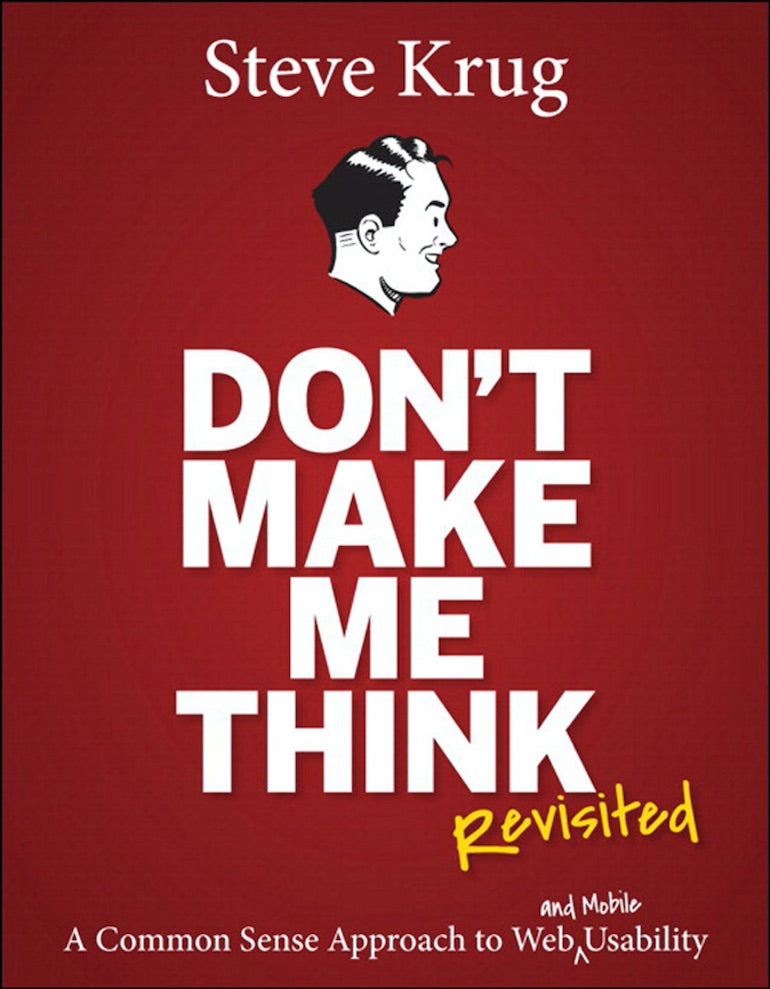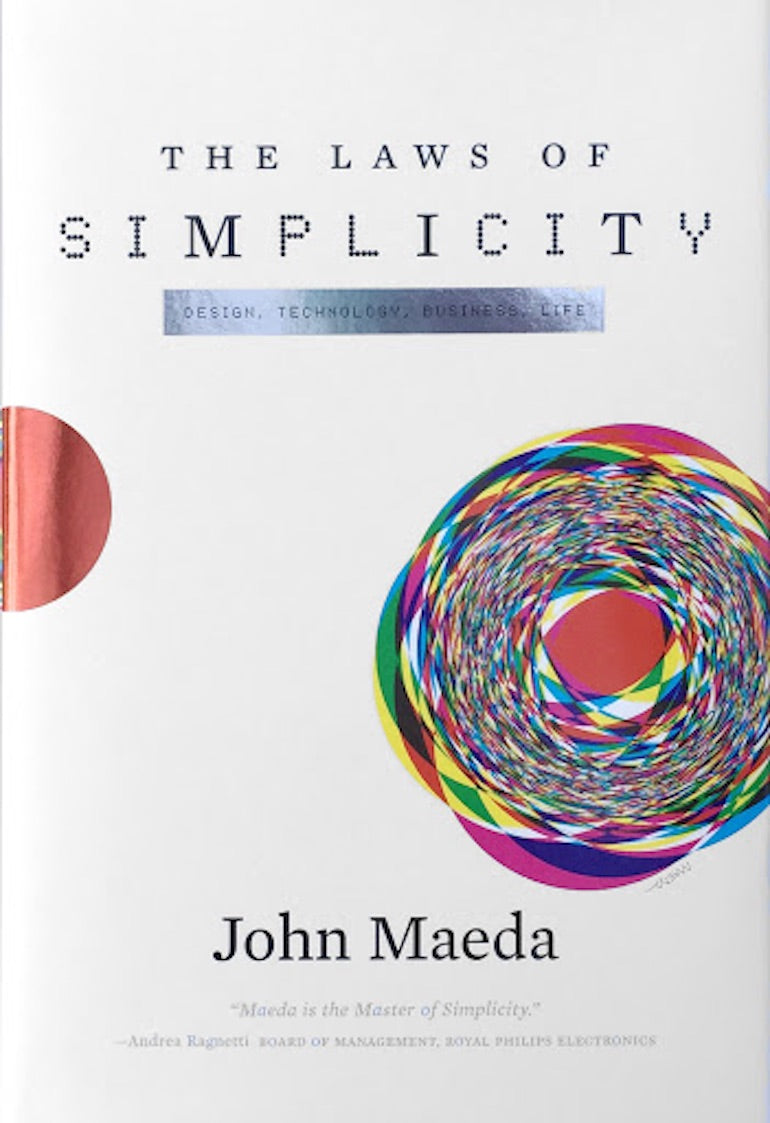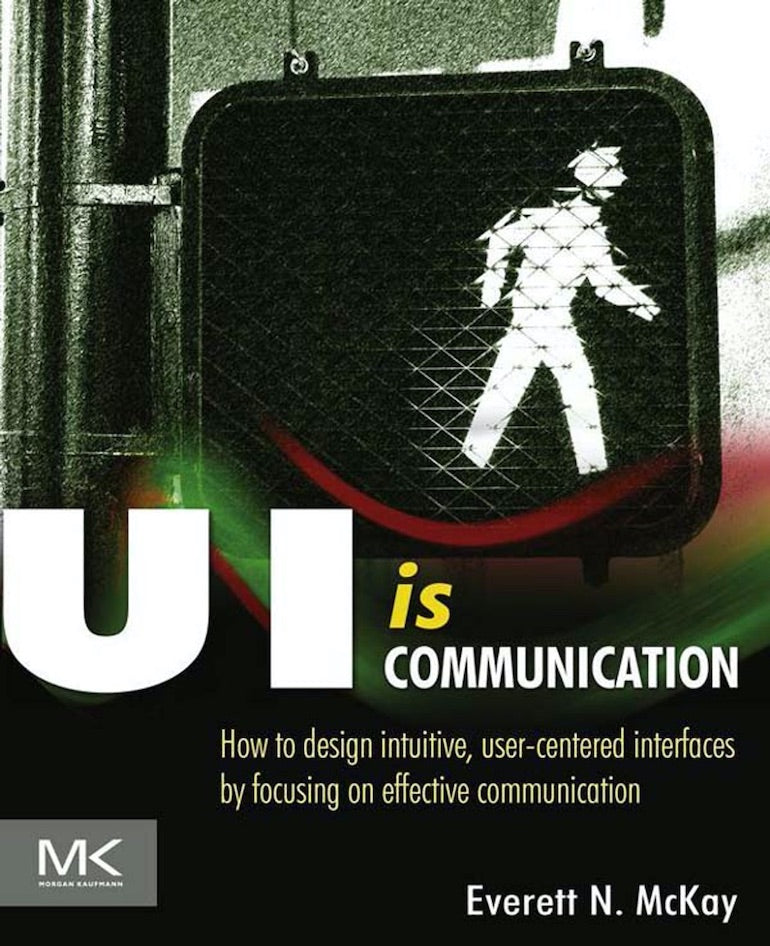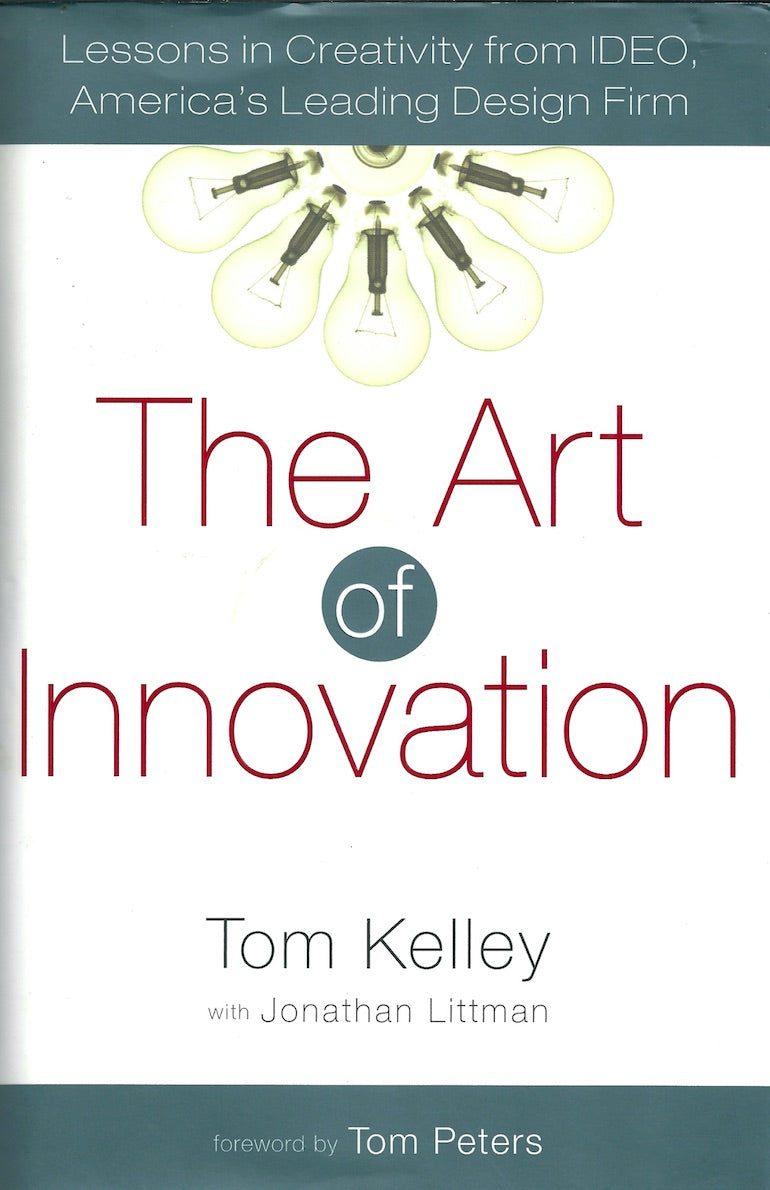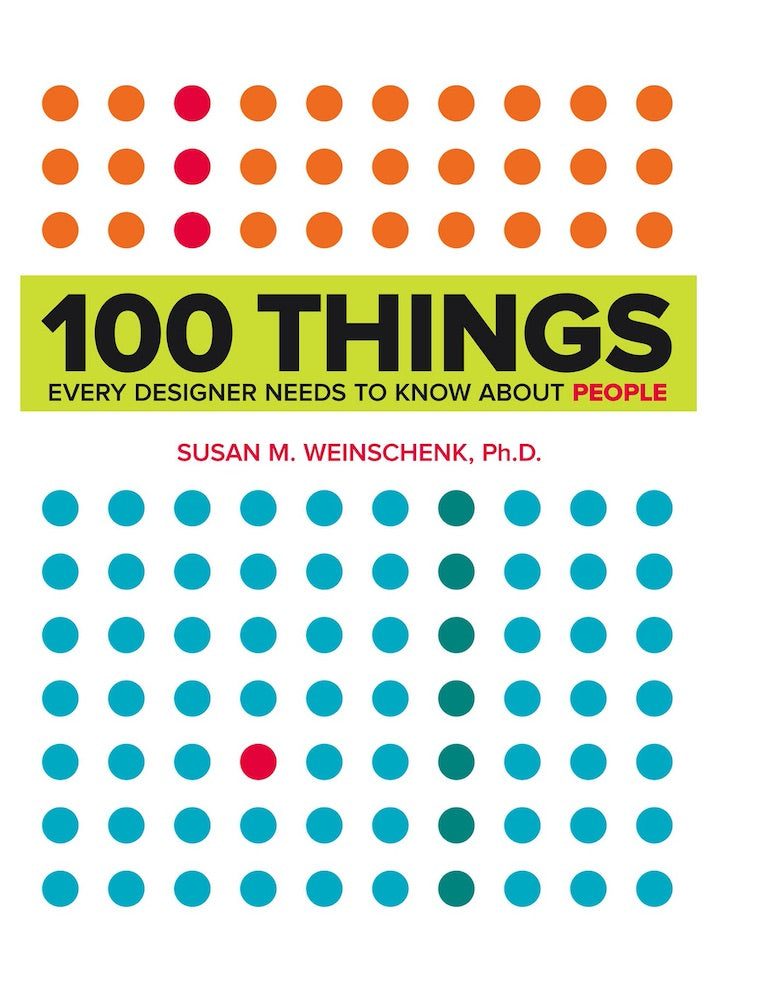Product design is a holistic approach to building a new product from idea to final solution. It encompasses everything from conducting user research, identifying problems, finding opportunities, ideating solutions, prototyping them, and then, finally, validating solutions with target users. Since product design and development is a large field, it requires a large skillset—it’s essential to familiarize yourself with various design approaches as well as specific tools. To make things easier, we decided to share 10 design books that will help you craft great products.
1. The Design of Everyday Things by Don Norman
The Design of Everyday Things is considered essential product design reading. Don Norman is an expert in the field, known for his advocacy for user-centered design. He is excellent at introducing concepts and painting them with examples that make them easier to understand. He shares useful heuristics and models of human behavior that can help you design more usable products.
What you will learn from this book
- The six fundamental principles of interaction: affordances, signifiers, constraints, mappings, feedback, and the conceptual model of the system.
- Good vs. poor design choices. Throughout the book, there is an emphasis on what constitutes good design. Many examples include stories about the products that Don has experienced in real life.
- The psychology behind interaction with products and how people use them. This knowledge will help you to communicate your design decisions.
Favorite quote
“Two of the most important characteristics of good design are: discoverability and understanding. Discoverability: Is it possible to even figure out what actions are possible and where and how to perform them? Understanding: What does it all mean? How is the product supposed to be used? What do all the different controls and settings mean?”
2. Hooked: How to Build Habit-Forming Products by Nir Eyal
Why do some products capture widespread attention while others flop? What makes people engage with certain products? Is there something that hooks them? Nir Eyal answers these questions by explaining the Hook Model—a four-step process embedded into the products of many successful companies to engage people. His book is a must-read for everyone who wants to drive user engagement and create commercially-successful products.
What you will learn from this book
- Practical insights to create user habits that stick based on user psychology. This is one of the best design books to understand the mind of the user.
- How real-world companies create habit-forming products. There are stories about the iPhone, Twitter, Pinterest, and many other habit-forming products.
Favorite quote
“Many innovations fail because consumers irrationally overvalue the old while companies irrationally overvalue the new.”
You might also like: The 15 Web Design Books of 2018 You Can’t Afford to Miss.
3. Don’t Make Me Think by Steve Krug
Don’t Make Me Think was established as one of the most influential design books when it was published in 2000. Many designers consider it a classic on web and mobile usability. Steve Krug is a consultant making his living evaluating others' digital products. The book takes us through the mindset of the end-user who seeks to fulfill their needs while using a digital product. The usability is evaluated by focusing on the user's experience and what they are hoping to get from the product.
What you will learn from this book
- Common user problems related to usability.
- Web accessibility. How to make your products more usable and accessible.
- How to propose design changes to stakeholders.
Favorite quote
“If you can’t make something self-evident, you at least need to make it self-explanatory.”
4. The Laws of Simplicity by John Maeda
Simplicity is the ultimate sophistication, and simple product design is the best design. But even though we love simple design, sometimes we find ourselves caught up in a logical paradox: we want simple products that allow us to do complex things. In The Laws of Simplicity, John Maeda offers 10 laws for balancing simplicity and complexity in business, technology, and design.
What you will learn from this book
- 10 laws of simplicity. Basic rules plus frameworks for using them like SHE reducing (Shrink, Hide, Embody) and SLIP for organization (Sort, Label, Integrate, Prioritize).
- Different perspectives on the concept of simplicity. Different contexts change people’s perception of an object. What one group of users find simple, other groups of users will find challenging.
Favorite quote
“Simplicity is about subtracting the obvious and adding the meaningful.”
You might also like: Redesigning the Design Process: How to Work More Efficiently This Year.
5. Sprint: How to Solve Big Problems and Test New Ideas in Just Five Days by Jake Knapp
Jake Knapp created the Google Ventures sprint process—an approach of moving from idea to prototype to decision within five days. This approach is focused on defining the problem, generating solutions, evaluating them, building a prototype, and finally testing the prototype with real users to get valuable feedback. The critical difference between this and a traditional design approach is the speed and level of engagement from the product team. A close collaboration between individual team members and strict deadlines are two properties that make this technique so good.
What you will learn from this book
- A comprehensive guide on how to run design sprints.
- Practical techniques for individual design activities. You will read about methods like crazy 8s, which is used during ideation and helps a team to sketch a bunch of ideas quickly.
Favorite quote
“My best work happened when I had a big challenge and not quite enough time.”
6. UI is Communication: How to Design Intuitive, User Centered Interfaces by Focusing on Effective Communication by Everett N. McKay
User interface design is a challenging, multidisciplinary activity that requires an understanding of a wide range of concepts and techniques. This book saves the day for product designers because it provides a single perspective that they can use to simplify a complex UI design process by turning it into a small set of objective principles. In UI is Communication, Everett McKay explains how to design intuitive user interfaces by focusing on effective human communication.
What you will learn from this book
- Practical communication-based guidelines for interaction and visual design. An overview of a communication-based design process that ties everything from interaction to visual design together.
- Actionable content and practical advice. You will see the concepts in practice with real examples.
Favorite quote
"User interface design isn't a subjective visual art about pixels and aesthetics but rather a principled objective communication skill to explain tasks to users."
You might also like: The Value of UX Storyboarding for Product Design.
7. The Art of Innovation by Tom Kelley
IDEO is the widely admired design company that brought the world the Apple mouse, Polaroid's I-Zone instant camera, the Palm V, and many other cutting-edge products. IDEO doesn't buy into the myth of the lone genius working away in isolation, waiting for great ideas to strike. On the contrary, the company believes everyone can be creative. Tom Kelley, general manager at IDEO, takes readers behind the scenes of this company to reveal its strategies for creating innovative products.
What you will learn from this book
- TheIDEO problem-solving method, which uses techniques such as carefully observing the behavior of the people who will be using a product or service, cross-pollinating to find solutions from other fields, and others.
- Lots of great case studies and examples. All product designers who want to get an in-depth understanding of various ideation techniques should add The Art of Innovation to their list of must-read design books.
Favorite quote
“The best way to get a good idea is to get a lot of ideas.”
8. Change by Design: How Design Thinking Transforms Organizations and Inspires Innovation by Tim Brown
This is one of the great design books devoted to the role of design in organizations. In Change by Design, Tim Brown introduces the idea of design thinking—the collaborative process by which the product designer′s sensibilities and methods are employed to match the target audience’s needs. The author stresses the importance of considering design decisions that are viable for users and businesses both.
What you will learn from this book
- How to apply a human−centered approach to problem-solving
- Practical tips on how to infuse design thinking into every level of an organization, product, or service
Favorite quote
“Prototyping at work is giving form to an idea, allowing us to learn from it, evaluate it against others, and improve upon it.”
9. 100 Things Every Designer Needs to Know About People by Susan Weinschenk
Designing without understanding what makes people act the way they do is like exploring a new location without a map: results will be haphazard and inefficient. In her book, Susan Weinschenk combines real science and research with practical examples to deliver a guide every designer needs.
What you will learn from this book
- Insights about human psychology and behavior. What grabs and holds attention on a page or screen? What line length is best for text?
- Practical tips on how to increase conversion rates and usability of digital products.
Favorite quote
“People seek out and pay attention to information and cues that confirm their beliefs. They don’t seek out—in fact, they ignore or even discount—information that doesn’t support what they already believe.”
You might also like: How to Create an Efficient Product Strategy.
10. Product Design by Alex Milton
This design book introduces the reader to the field of product design and the crucial role of a product designer within it. It provides a rich overview of influential design movements, with examples from prominent product designers.
What you will learn from this book
- Various design philosophies. Different approaches that designers use to craft physical products. Each concept is introduced with rich visuals.
- Interviews, concept generation, and other design techniques, with examples, that will be particularly helpful for product designers who want to understand the basics.
Favorite quote
“When designing a product, it is essential to remember what the true purpose of the product is. Consumers may accept losing some secondary functionality in order to achieve other benefits, but will not tolerate a product that does not meet its core functions.”
Read design books and design with people in mind
The most important thing to remember when designing products is that design is for people. To design great products, you must deliver the right features, with the right user experience for the right people. The design books mentioned in this article will help you to create a solid foundation for your product design process, but it’s up to you to put the user at the heart of your design process.
COVID-19 Response for Shopify Partners
Solidarity and community bring us together. Learn how you can stay connected to the Shopify Partner ecosystem, adjust to these complicated times, and help your clients and users along the way.
Read moreRead more
- 20 Memorable Web Design Portfolio Examples to Inspire Your Own Website
- How to Work With Shopify Theme Blocks
- Shopify's Web Design and Development Blog in Review: The Top 10 Articles of 2017
- Friday Inspiration: 9 Visually Compelling Ways to Feature Products
- Tips for Offering Product Unboxing Consultation Services to Your Clients
- This is What Happens When Dribbble + Shopify Team Up in Toronto
- 10 Halloween Graphics to Make Your Client’s Website Spooktacular
- 20 Expert Strategies to Help Overcome Creative Blocks
- 16 Web Conference Talks You Need to Watch This Holiday
- Skeuomorphism in Digital Product Design



